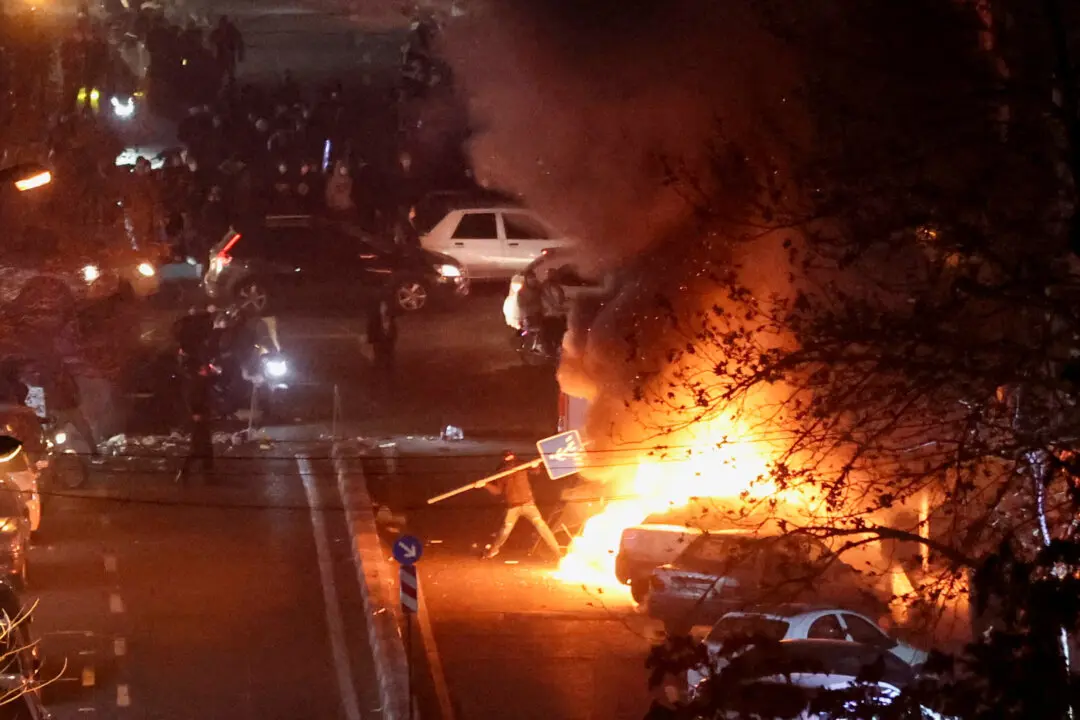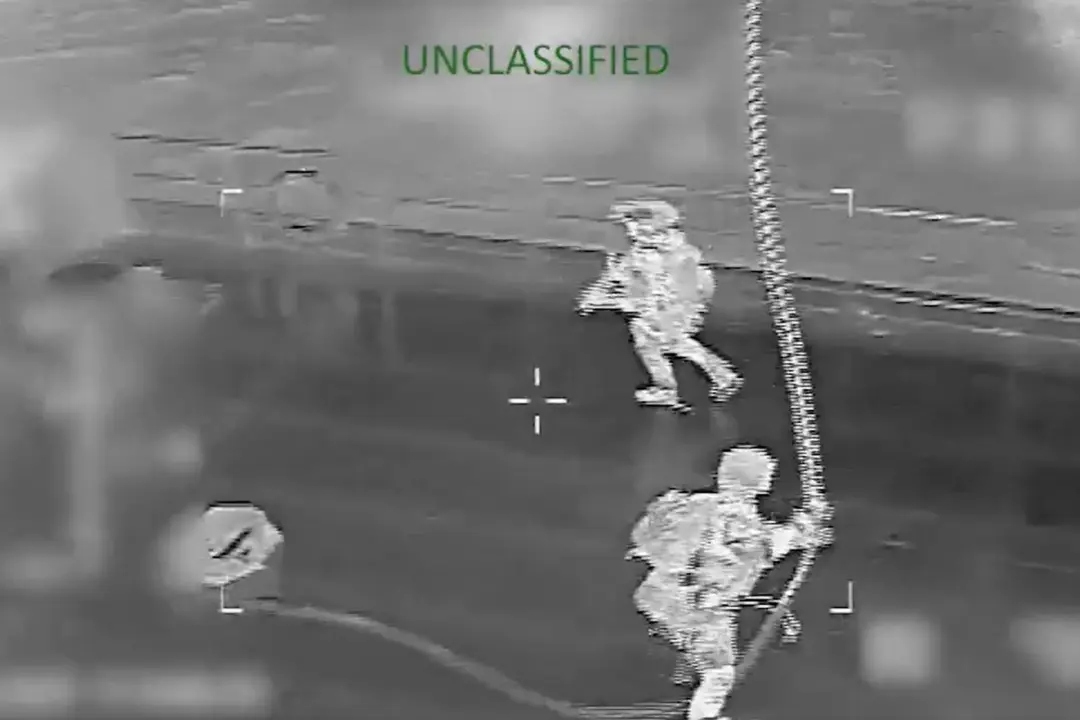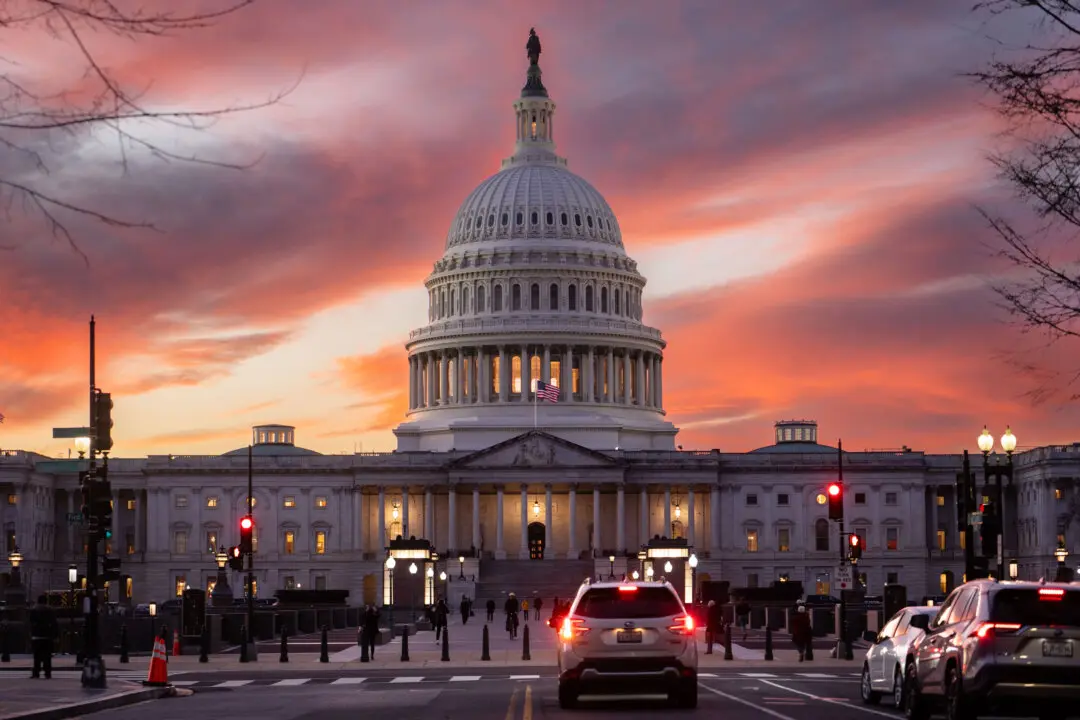House lawmakers on both sides of the aisle are adamant about continuing investigations of UFOs after witnesses during a July 27 hearing described secretive government programs to retrieve and reverse-engineer technology of an unknown origin.
One of the witnesses, retired Air Force intelligence officer David Grusch, appeared before the House Oversight Committee’s national security subcommittee with claims of “a multi-decade UAP crash retrieval and reverse-engineering program.” UFOs are now commonly referred to as UAPs, or unidentified aerial phenomena.






